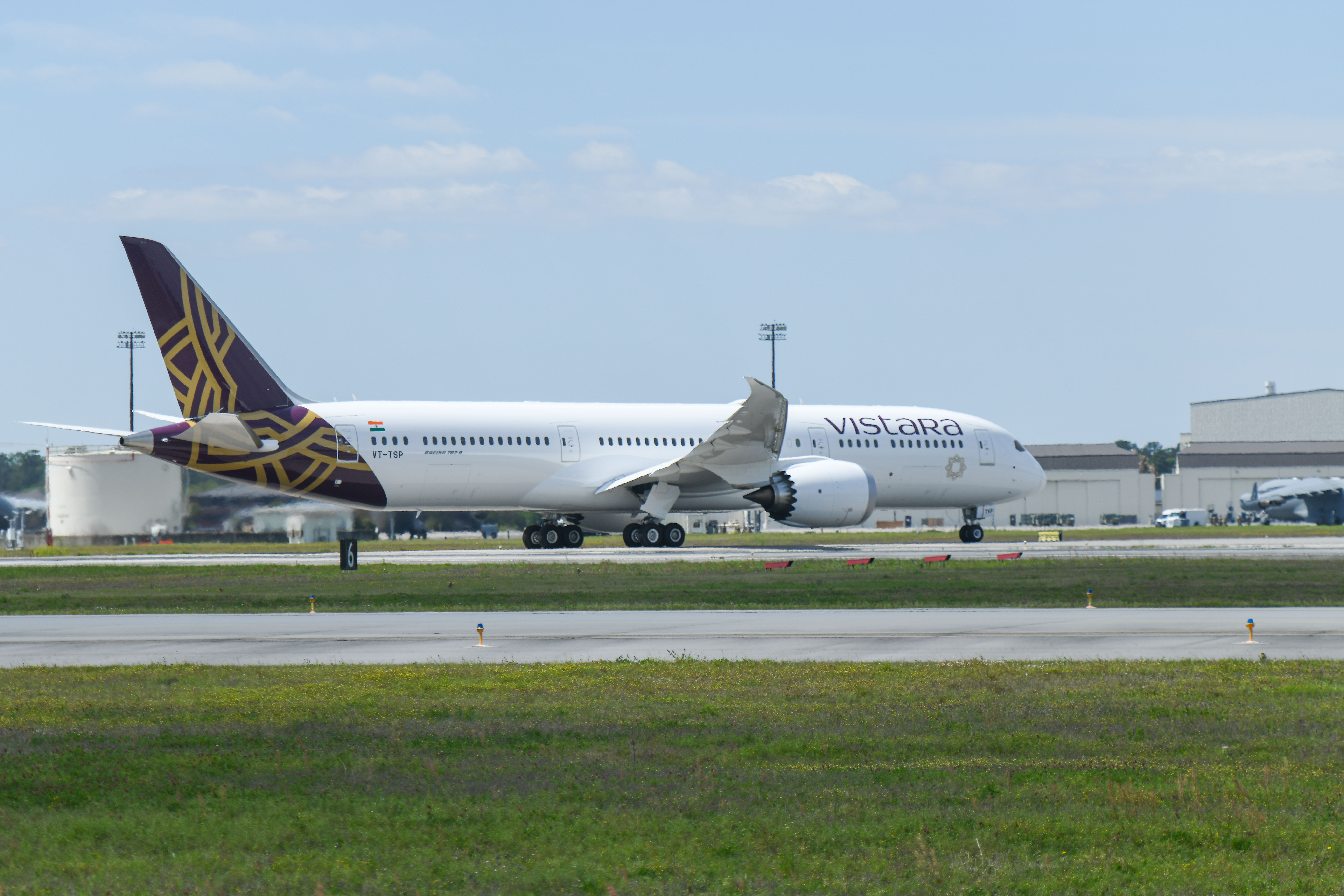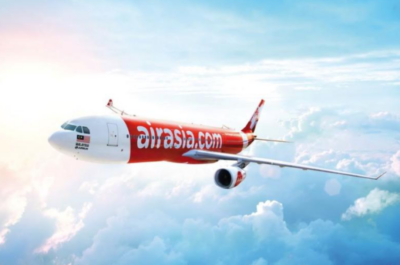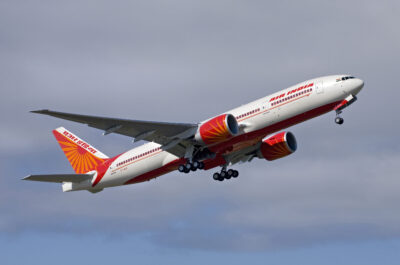…
Flybe has a different strategy from most other airlines. That’s probably why it has a different bottom line, yesterday reporting an improved pre-tax profit of GBP35.4 million for the year to 31-Mar-08, on a 46% increase in revenue, to GBP535.9 million – and vindicating its acquisition of BA Connect in March last year.
More importantly in the current tough conditions, the first quarter of the current financial year appears to have continued the strong performance, with pre-tax earnings of GBP12.2 million, up 14% on 1Q08. One niggling detail: despite the bare bones reporting of a private company, the 18% increase in passenger numbers for the quarter suggests a reduction in yield (or, at least, in profit per head).
And, as with everyone else, the future is the tough bit to predict. Flybe appears confident, while conceding that it will be reducing its winter season expansion from 16% down to a more modest 6%. (Bombardier will be watching with interest, as the carrier is sitting on the company’s largest firm order, for 17 Q400s, which are being delivered over the next three years).
Flybe is apparently following a “rigorous fuel hedging policy”, with 76% of its fuel needs for this calendar year covered at “attractive rates”. No further details are provided, but with (its turbo-prop) fuel costs only representing 24.6% of total, management must be getting something right there. On the revenue side, a solid performance in enhancing ancillary revenue has helped.
Flybe ancillary revenue/pax: 2003-08 (y-e 31-Mar)
Source: Centre for Asia Pacific Aviation and Flybe
By right-sizing the aircraft for the routes it operates and providing low fares, Flybe maintains it is well placed to rob from the rich as well as the poor, by both picking up the cost sensitive business traveller and attracting discretionary travellers by providing service at a price not much higher than the lowest-fare LCCs.
The fact that anything from 20-45% of traffic (depending on who you listen to) is identified as business travellers, offers some comfort, but the sodden UK economy will be dragging that market down. It is here that Flybe’s biggest challenge comes. Unlike its larger rivals, it is still predominantly reliant on the British market, with some 86% of its capacity flying into or from UK airports.
Flybe route capacity share (seats) by country: Week commencing 08-Sep-08
Source: Centre for Asia Pacific Aviation & OAG
Flybe reckons that one of its differentiators is “regional not radial”, the carrier’s self-description on its website. That could also read “stirred, not shaken”. Flybe is gently stirring the market, without setting out to shake its foundations, manoeuvring between the bigger operators and paying attention to detail as only a small carrier can do (although not all do).
By picking the eyes out of many of the better strategies – low cost profile, network planning, frequency, good yield mix with product to match, loyalty strategy, cautiously tailored operating relationships – it has been able to sit on the fence without suffering the pain that often goes with that position. As a contrast of styles, the Ryanair model, whose low cost approach it broadly follows, sits at the opposite end of the spectrum.
Priding itself on an advanced IT attitude, it has however provocatively challenged Ryanair’s opposition to screen scraping, actively encouraging online third party web sales. Flybe is in the throes of developing an XML-based web option designed to provide direct access to its own booking engine and live inventory. It also actively pursues one-on-one interline arrangements with a secular array of long haul airline partners, including American Airlines, British Airways, bmi, Brussels Airlines, Emirates, Korean Air, Northwest, Singapore Airlines, TAP, US Airways and Virgin Atlantic.
Flybe’s style is very much a reflection of its management – cautious and understated. In implementation it is more a mini-Southwest Airlines, without the embellishment of Herb Kelleher. But that style has also enabled a transition from an unexciting but successful regional airline, Jersey European Airways, into a regional low cost operation in 2002, when LCCs threatened to steamroller all sizes of market. The success of that process gives Flybe an ancestry that now stretches back almost 30 years.
The carrier’s traffic growth has been strong if not stellar, with consistent attention to frequency (to suit its business following) and a design to accumulate regional networks.
Flybe passenger numbers: 2003 to 1Q09 (year ended 31-Mar)
Source: Centre for Asia Pacific Aviation & Flybe
The BA Connect acquisition clearly gave capacity a boost, after stagnating in the previous year. And the low-risk franchise agreement with Scotland’s Loganair, which becomes effective in Oct-08, will further expand the de facto network of each carrier, hopefully leading to an increased overall pie and benefits for both sides. Neither carrier has been forthcoming about the term of the new arrangement, but Loganair stayed with British Airways in a similar franchise for 14 years, so its management is familiar with the concept, expecting this also “to be a long term commitment”. Flybe simply receives a payment per passenger flown on the Saab 340s, while enhancing its network without major capital cost.
This is a sensible strategy in the present conditions – and Loganair probably wouldn’t have gone any further at a reasonable price – but, although it helps Flybe’s cash flow, it won’t permanently lock in a bigger profile for a company which would be Europe’s largest regional. For that is what this airline wants to become.
That – and profitability – may eventually set it up for the ultimate goal of an IPO (apparently still on track, albeit somewhat optimistically in present conditions, with financial advisers appointed) or, more likely, to become an acquisition target as a combination of EU liberalism and north Atlantic open skies exposes UK markets to more participants.
Who knows, British Airways may well be back soon to claim what it has relinquished in the past couple of years. If not BA, there will be a number of acquisitive large airlines looking to complement their long haul connections. And, by advertising its wares through its numerous interline arrangements, Flybe makes sure that it remains well on the radar.
Michael O’Leary may be in a minority in making the call that Flybe will be an early casualty of Europe’s economic downturn. But, sitting on a slender GBP67 million in cash, the wannabe biggest little airline will have to use all of its extensive ingenuity to repeat this year’s financial performance in 2009.
Vicky is the co-founder of TravelDailyNews Media Network where she is the Editor-in Chief. She is also responsible for the daily operation and the financial policy. She holds a Bachelor's degree in Tourism Business Administration from the Technical University of Athens and a Master in Business Administration (MBA) from the University of Wales. She has many years of both academic and industrial experience within the travel industry. She has written/edited numerous articles in various tourism magazines.




























































































